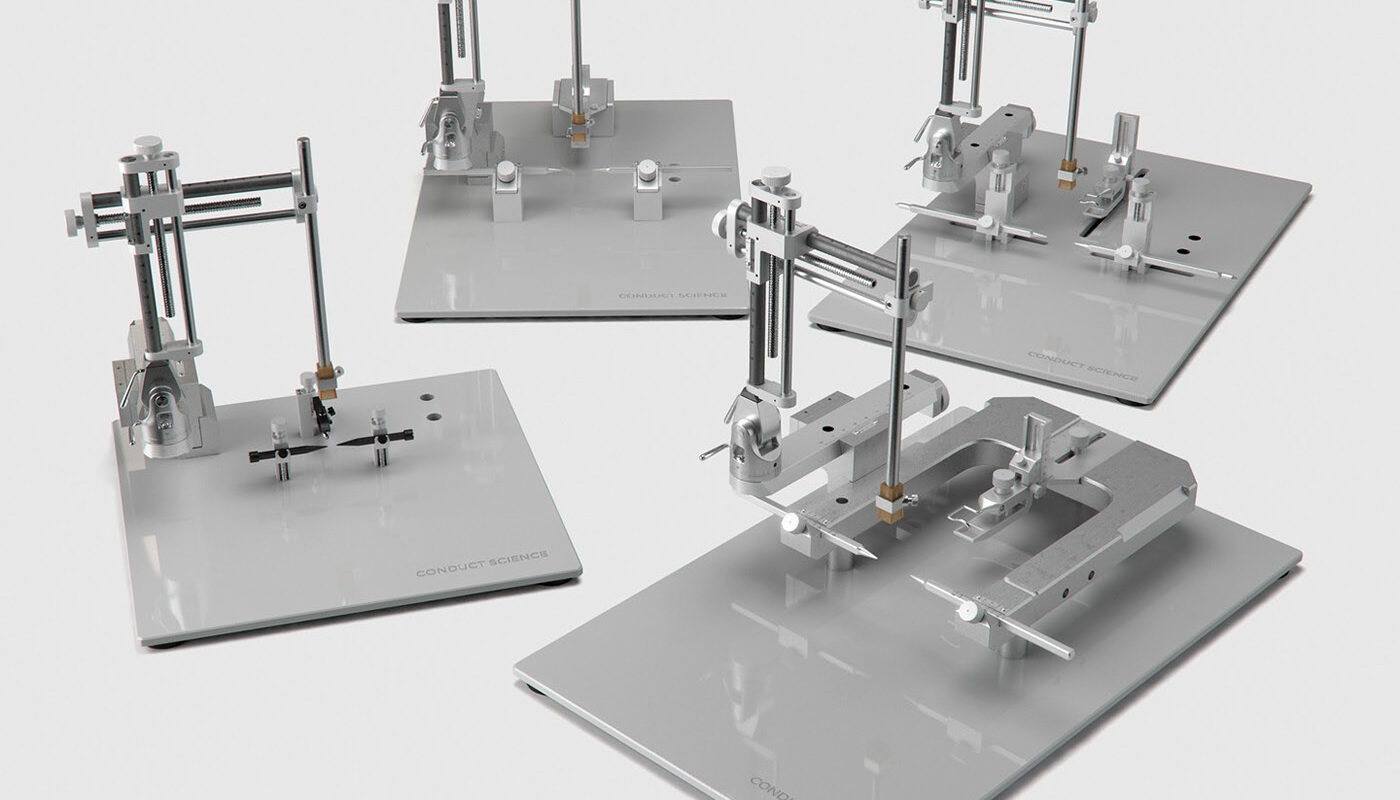What Are Stereotaxic Instruments?
Stereotaxic instruments, also known as stereotactic frames, are medical devices used to accurately position probes, electrodes, or other surgical instruments within the brain, spinal cord or other internal structures of the body. These precision tools allow for minimally invasive procedures and treatments that would otherwise not be possible.
History of Stereotaxic Instruments
The concept of stereotaxy, or the three-dimensional localization of points in space, was first developed in the late 19th century. In 1908, German physiologist Horsley and English surgeon Clarke published a paper describing the use of a stereotactic frame to lesion specific sites in the brains of dogs and monkeys. This built upon earlier work by Swiss physiologist and anatomist Theodore Kocher who developed techniques for localizing lesions within cranial structures.
However, modern stereotaxy is generally considered to have begun with the work of neurosurgeon Ernst Spiegel and colleagues at Stanford University in 1947. They developed the first stereotactic frame apparatus capable of precise target localization for human neurosurgical procedures. Through the 1950s and 60s, techniques were further refined by scientists like Dr. Lars Leksell who helped pioneer the treatment of movement disorders through stereotactic surgery. Today, stereotactic instruments are an indispensable tool in modern neurosurgery and neuroscience research.
Components and Types of Stereotaxic Instruments
All stereotactic instruments share the common goal of providing a three-dimensional reference framework to localize sites within the brain or body. They achieve this through rigid external fixes to bony landmarks coupled with adjustable targeting mechanisms.
The classic and most widely used design is the Horsley-Clarke stereotactic frame. It consists of an arched metal frame that is mounted to the operating table and fixed to the skull via screws or pins. Crosshairs or targeting devices allow surgeons to precisely target sites based on preoperative imaging scans. Other common adaptations include the Leksell stereotactic system featuring an arm-mounted targeting ring and the Brown-Roberts-Wells (BRW) system used for spine and cranial procedures.
Newer alternatives include frameless Stereotaxic Instruments utilizing optical or electromagnetic tracking of surgical instruments in real-time based on pre-operative imaging without rigid external fixation. Robot-assisted stereotaxy is also an emerging methodology gaining popularity. Overall, the goal remains accurately controlling the three-dimensional movement of instruments during minimally invasive image-guided procedures.
Applications of Stereotaxic Surgery
Stereotactic techniques enable an array of important neurosurgical procedures that would otherwise be extremely challenging or impossible. Some of the main clinical applications include:
Deep Brain Stimulation: Implanting electrodes to precisely target structures like the subthalamic nucleus, thalamus or globus pallidus internus to alleviate symptoms of movement disorders like Parkinson’s disease. Over 100,000 patients have benefited from this technique.
Biopsies and Lesioning: Sampling tumors or other lesions for diagnosis using minimally invasive needle techniques guided precisely to targets under imaging. Thermal lesioning or radiofrequency ablation for conditions like essential tremor also rely on stereotactic accuracy.
Intracranial Electroencephalography: Placing subdural or depth electrodes to map epileptic foci for possible resection, with stereotactic assistance for exact electrode localization.
Neurotransplantation: Depositing cell suspensions, drugs or other materials at specific brain or spinal targets for conditions like Parkinson’s, chronic pain and spinal cord injury.
Radiosurgery: Delivering highly focused radiation to tumors, arteriovenous malformations and other targets as a non-invasive alternative to open resection. Platforms like Gamma Knife rely on stereotactic localization and immobilization.
Advancements in Stereotactic Technologies
Stereotactic instruments continue advancing to improve targeting accuracy, expand applications, simplify workflow and reduce invasiveness. Integration with advanced imaging modalities, development of robotics and computer guidance offer new possibilities.
Promising directions include high-resolution magnetic resonance-guided stereotaxy for real-time visualization, stereotaxy for functional neurosurgery like epilepsy surgery, integration of artificial intelligence for intraoperative decision making, non-rigid registration techniques as an alternative to rigid frames and applications beyond the brain like spine, joints and other organs. Miniaturization and responsive surgical robotics also hold potential for remotely guiding even less invasive nanoscale interventions.
Going forward, continued refinements to stereotactic technologies aim to maximize the benefits of minimally invasive image-guided neurosurgery, support emerging procedures and expand access to once difficult surgeries worldwide. Stereotactic instruments will likely remain a foundation of modern neurosurgery, neurointervention and neuroscience research.
*Note:
1. Source: Coherent Market Insights, Public sources, Desk research
2. We have leveraged AI tools to mine information and compile it


